ADDITIONAL RESOURCES
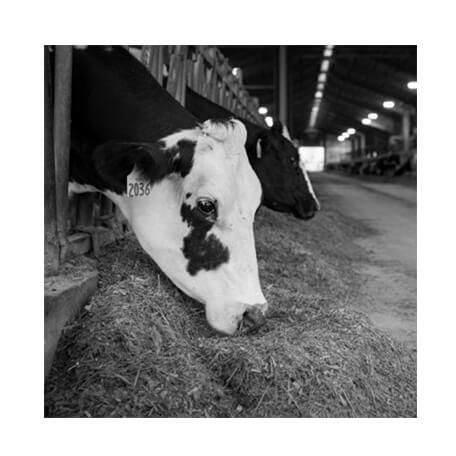
Using Lysine in Cattle Feed
Lysine is one of the first two limiting amino acids in a lactating cow’s diet. When cows have adequate lysine in the diet, milk production, components and cow health are more fully supported.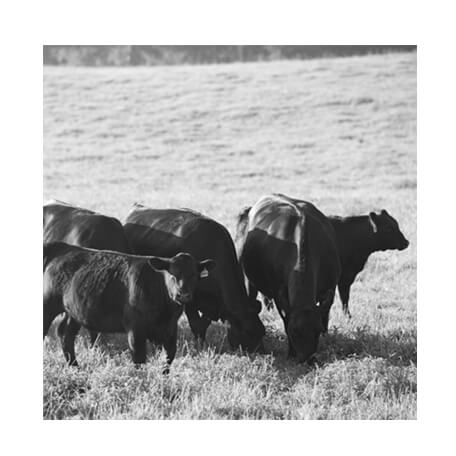
Strategies to Cut Cattle Feed Cost
Cattle feed cost remains the single largest expense in the cow/calf sector. In fact, cattle feed cost accounts for 50% of total operation costs and plays a key role in determining profitability.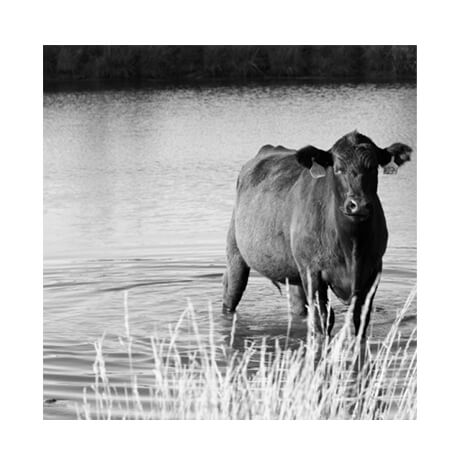
Don’t Overlook Livestock Water Quality
The number one problem with your herd’s drinking water, other than not having enough, may be the content of dissolved solids - any minerals, salts, metals, cations or anions dissolved in water.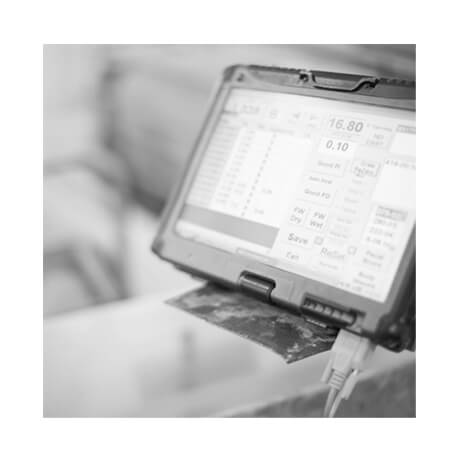
Sow Gestation vs Lactation Rations
Sows require significantly different nutrients in gestation and lactation. Depending upon stage, consumption per sow varies from four pounds per day to more than 20 pounds per day. That said - when should additional nutrients be fed and through which feed ingredients?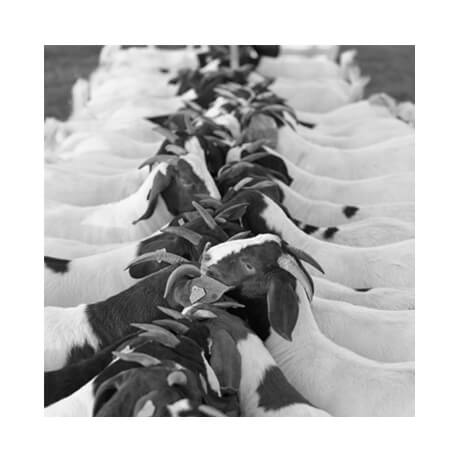
Three Tips to Maximize Meat Goat Rate of Gain
Raising meat goats calls for a sharp pencil when it comes to feed costs since they nearly always account for the largest share of expenses. Balancing feed quality to maximize weight gain is vital to amplify your nutrition investment and bring home more profit.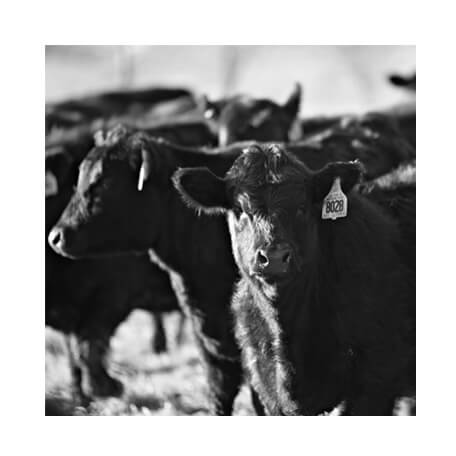
![Purina® High Octane® Champion Drive Topdress [30#] Purina® High Octane® Champion Drive Topdress [30#]](https://storageatlasengagepdcus.blob.core.windows.net/atlas/all-media/mkcooptst/feed/product/high-octane-champion-drive.png?ext=.png)
![Purina® High Octane® Depth Charge® [25#] Purina® High Octane® Depth Charge® [25#]](https://storageatlasengagepdcus.blob.core.windows.net/atlas/all-media/mkcooptst/feed/product/high-octane-depth-charge.png?ext=.png)
![Purina® High Octane® Ultra Full [50#] Purina® High Octane® Ultra Full [50#]](https://storageatlasengagepdcus.blob.core.windows.net/atlas/all-media/mkcooptst/feed/product/high-octane-ultra-full.png?ext=.png)
![Purina® High Octane® Fitter 35® [35#] Purina® High Octane® Fitter 35® [35#]](https://storageatlasengagepdcus.blob.core.windows.net/atlas/all-media/mkcooptst/feed/product/high-octane-fitter-35.png?ext=.png)